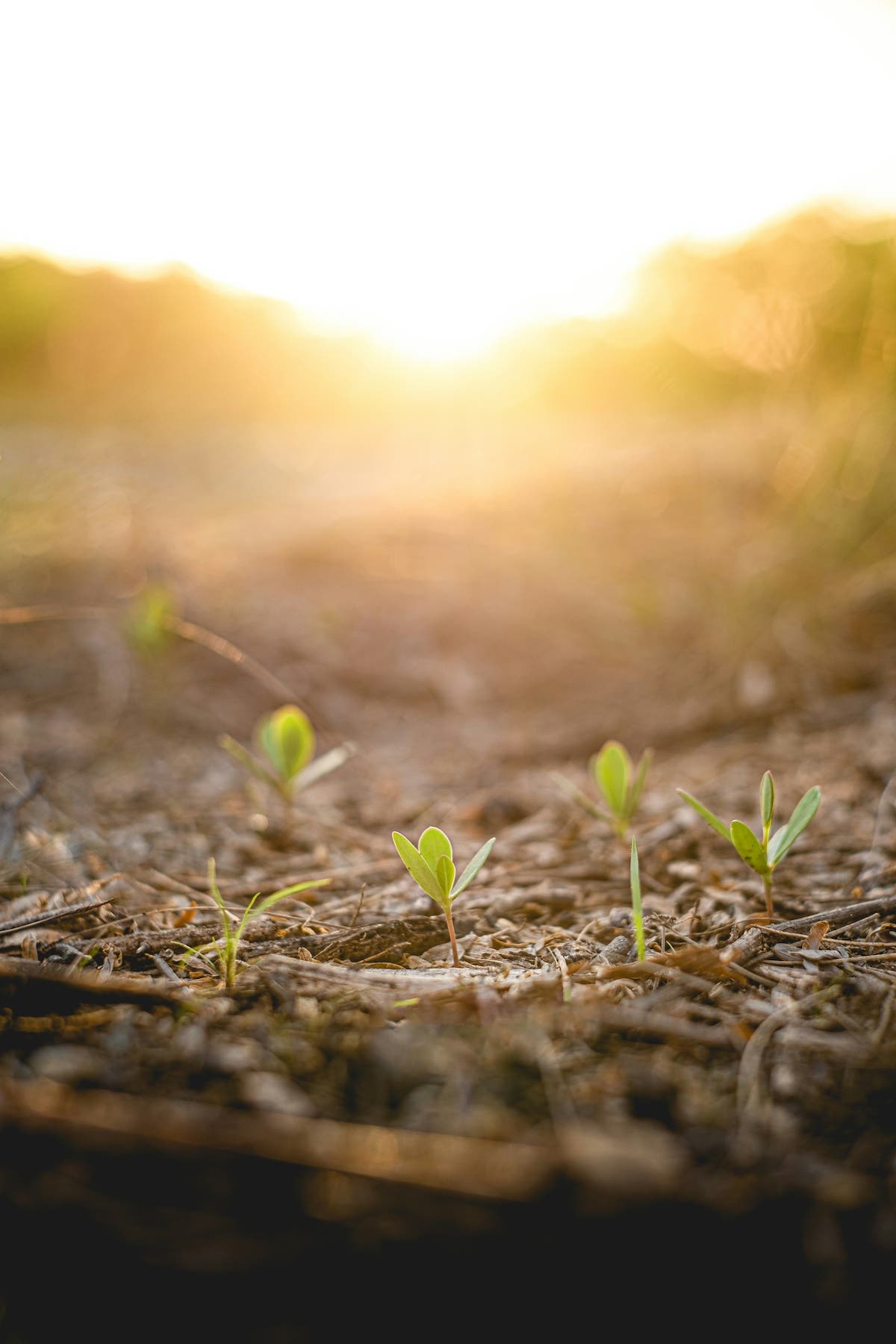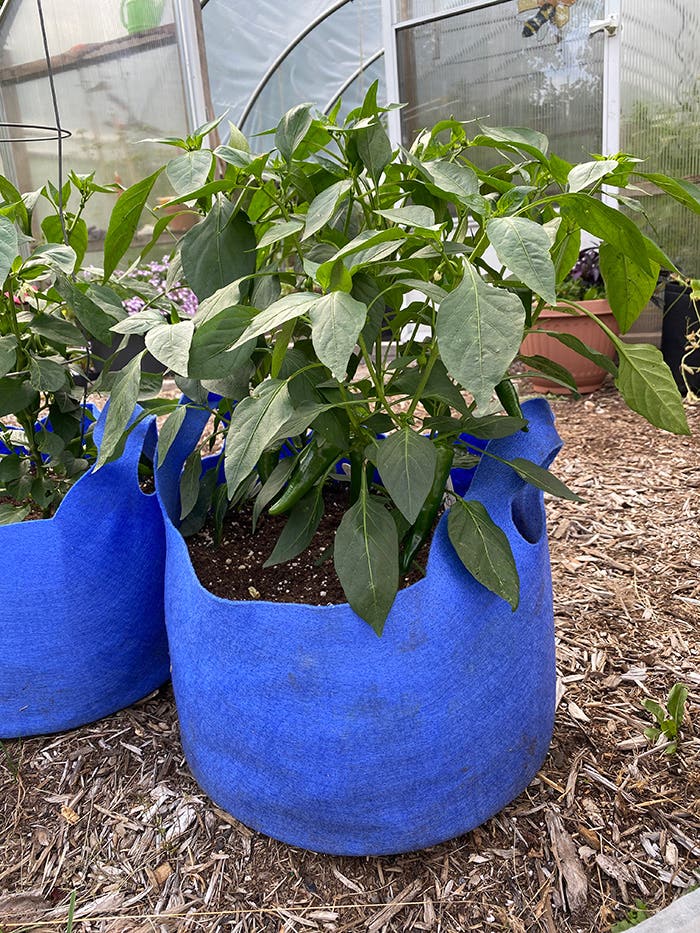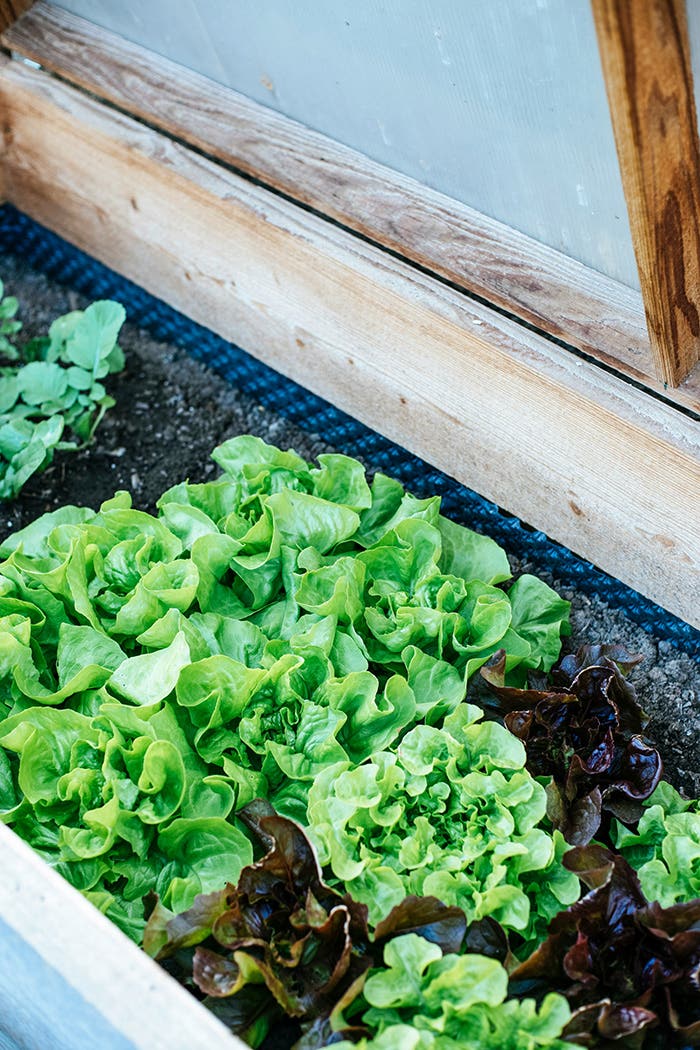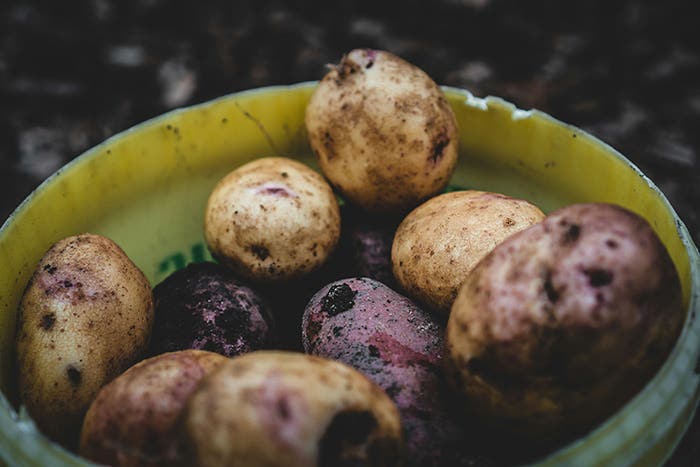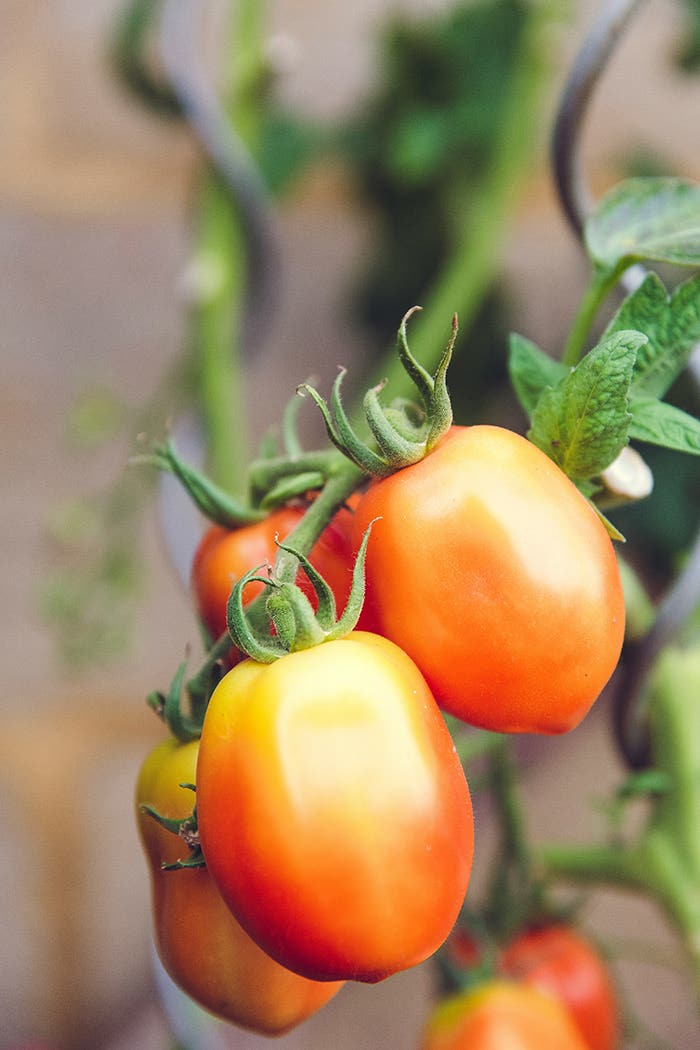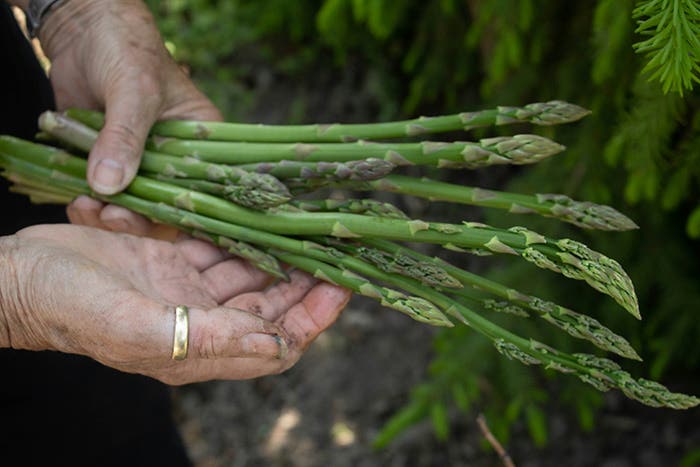Virtues: We love rhubarb for its strong, tart-sour flavor that makes it the perfect companion for sweet strawberries and a prime ingredient for sugar-heavy recipes like jams, jellies and pies. With striking pinkish red or sometimes green celery-like stalks and lush green foliage (not edible), the plant also offers a touch of beauty in the garden.
Common name: Rhubarb
Botanical name: Rheum species and cultivars
Flowers: Rhubarb blooms with tiny yellow flowers. However, it's best to remove the flowering stems when they appear if you're growing rhubarb as an edible crop.
Foliage: Crisp, thick leaf stalks, or petioles, grow in shades of pinkish red to green, usually 18 inches in length. The leaves that top the stalks are large, but NOT edible. Those leafy greens are actually poisonous and must be removed from the stalk prior to preparing any rhubarb-based dish.
Related: The 3 steps to harvesting rhubarb.
Habit: Rhubarb is a perennial that can grow 2 to 4 feet tall with a similar spread.
Season: These are cool-season perennials. They're are often grown in northern areas, where their best seasons are spring and fall to early winter.
Origin: China
How to grow rhubarb: These hardy plants thrive in rich, well-drained soil. In the North, they can take full sun to part shade. In warmer climates, they need some shade to keep them cooler, especially in the afternoon.
Rhubarb is best grown from transplants or bare roots. They should not be harvested their first year in the garden. Begin picking stalks in the plant's second or third year in the ground. The stalks should be one to two inches wide for picking. Prime harvest season is late spring through early to midsummer. Be sure to eat only the leaf stalks, and not the leafy portion that is toxic.
If the plant loses vigor after a few years, it's likely overcrowded. Dig and divide the clump and space the divisions several feet apart.
Rhubarb prefers regular watering and cooler temps. It is most successful in USDA Zones 3–8.


